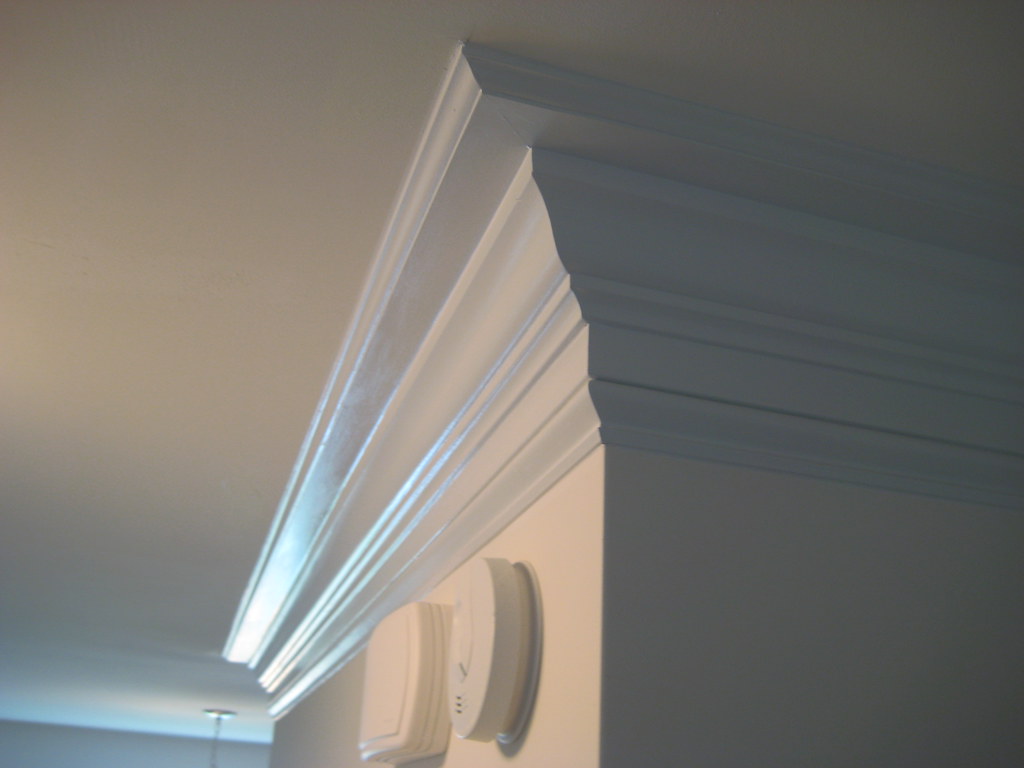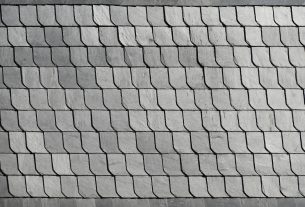Summary
– Manufacture of the tadelakt: the preparation
– The technique of manufacture of the tadelakt
– Manufacture of the tadelakt: 2 types of lime
– Preparation of the support before application of the tadelakt
– Application of the 2 layers of tadelakt
– Application tadelakt: the finishes
There is currently tadelakt (stucco) ready to use in the large signs of do-it-yourself but is it not better to manufacture it oneself to obtain a personalized product?
Making tadelakt: the preparation
Some minor details are, however, essential:
– First of all, it is essential to know that it is preferable to pose tadelakt in autumn or spring when the temperatures are not too variable: ideally, the coating will be posed in a room approaching 20 °C.
To manufacture the tadelakt, it will be essential to wear gloves of single type use and a mask to avoid breathing lime.
– If you want to apply tadelakt in a large room, you will have to do it in one go, so you may have to work in pairs.
– It is also essential to work in a ventilated room.
The technique of making tadelakt
Traditional tadelakt is a mixture of Marrakech lime, water and natural pigment. It is not necessary to add marble powder in the manufacture of the tadelakt with the lime of Marrakech.
The lime will be mixed with water and pigment (expect about 20% of pigment) in a clean bucket to obtain a paste:
– homogeneous: without lumps;
– soft: slightly less solid than a thick cream, for example.
Tip: To make the mixture, adjust a mixer at the end of a drill, for example.
Making tadelakt: 2 types of lime
It is possible to make tadelakt with two types of lime:
– air lime (the most common),
– of the lime of Marrakech.
If you choose to compose yourself your tadelakt with air lime, here are the proportions for approximately 10 m²:
– 20 litres of lime in powder (it also exists in the form of a paste);
– 20 litres of marble powder of 0,6;
– About 15 to 20 % pigment:
◦ 15% for so-called colouring pigments,
◦ 20% for the so-called oxide pigments.
To obtain an effect of the purest Moroccan style, use lime from Marrakech. The preparation of the coating will be done the day before so that the water wets the lime perfectly.
Caution: The pigment will tend to lighten by 50% compared to the initial colour as it dries.
Preparation of the support before application of the tadelakt
Before starting the application of the tadelakt, it is essential to prepare its support well. Indeed, this one will have to comprise neither holes nor cracks or asperities whatever they are:
– The most straightforward way to date is to apply, first of all, on your wall an undercoat (a fixer of coating) that will enable you to take off the tadelakt more easily and unify the support. This fixative is applied with a roller or a brush.
– You can also make a hook composed of 1/3 of lime and 2/3 of sand. You will place this cling on a healthy wall with a tyrolean or with a brush:
◦ Let it dry and remove the large grains of sand with a quack brush.
◦ Then wet the wall the day before the tadelakt is laid:
▪ With a sprayer, for example, a soaked sponge will also do.
▪ This action will prevent the wall from absorbing too much water from the tadelakt and drying it out.
– If you do not wish to apply a coat of fixative, brush the walls receiving the tadelakt with a brush designed primarily for this purpose.
Application of the 2 layers of tadelakt

Just like a stucco, tadelakt will be applied in two layers.
The first layer of tadelakt
The first layer of tadelakt will be used as a clinging layer and will be posed with a trowel of mason and in only once.
It will have a thickness from 3 to 7 mm.
It is advised to press well during the application to allow a better adherence to the first layer.
Installation of the second layer
The second layer of tadelakt will be more fluid than the first and will be applied on the first one which, will be still fresh:
– The second layer will be applied only once and will be from 3 to 6 mm of thickness, then smoothed with the trowel with circular gestures; the goal is to bring out the water contained in lime.
– Let dry for 3 to 5 h, and some cracks will appear: make a global smoothing of the surface with a plastic smoother, then let dry for a few more hours (between 3 and 15 h depending on the hydrometry).
◦ This action is also called tightening. You will also do it with circular motions in small areas.
◦ Smoothing to close the cracks will also be done in concentric gestures.
– Let dry for a few more hours and then “caress” the cracks that still appear with the pebble (the pebble will have a flat edge and without edges).
◦ To know when to pass the pebble, put the finger on the tadelakt; if it does not take your imprint, you can pass the pebble.
◦ Be careful; this one should not be dry.
◦ If you see cracks appear the following days, do not hesitate to tighten them with the roller.
Application tadelakt: the finishing touches
Once the coating is completely dry and without cracks, polish the surface :
– For that, mix black soap and water (1 litre of water for 4 tablespoons of black soap). Dilute the two elements and apply this one with a broad and flexible brush on the whole of the tadelakt.
– Penetrate the black soap with the same pebble by concentric gestures and by small zones, which will have for effect to give its gloss and depth and waterproof it.
– The more the black soap will have penetrated in the tadelakt, the more the gloss will be velvety and warm.
Hope this post would have helped you with your Tadelakt project. Remember to comment and share this post.



